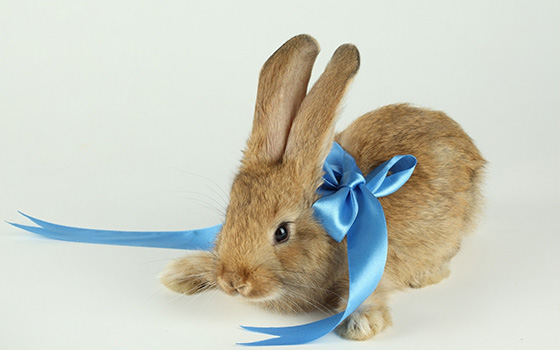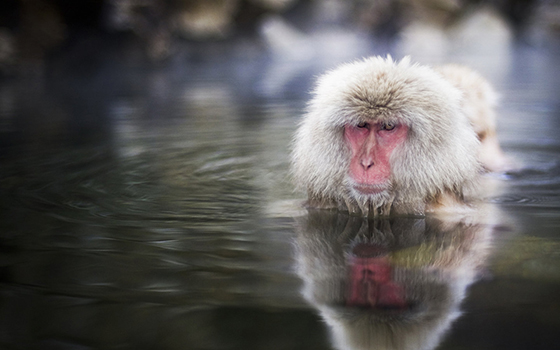Cosplay, a portmanteau of “dress play,” has transcended its origins in Japan’s anime and manga way of life to grow to be a worldwide phenomenon. This overall performance art sees fanatics wearing costumes and embodying characters from their favourite collection, films, games, and even books. Its influence can now be felt a ways beyond the convention halls wherein it first gained recognition, making big inroads into mainstream entertainment, along with Hollywood.
The roots of cosplay can be traced again to Japan’s Worldcon in 1984, wherein attendees dressed as science fiction and fable characters. It speedy developed with the upward push of anime and manga, which supplied wealthy source material for innovative expression. over the years, this tradition evolved into an advanced craft related to particular costumes, accessories, and once in a while complicated make-up. As anime and manga won international popularity, so too did the practice of cosplay.
today, essential cities round the world host annual comedian-Con activities that appeal to thousands of cosplayers. these activities are not limited to simply anime or manga; they cowl an intensive range of genres from comedian books and video games to blockbuster films. the global reach of those conventions has drastically contributed to the spread and evolution of cosplay. fanatics travel from one-of-a-kind parts of the sector to take part, share pointers, and show off their creations.

In latest years, the have an impact on of cosplay has extended into Hollywood. high-profile celebrities have embraced cosplay, frequently wearing individual-themed clothing on purple carpets and social media structures. furthermore, movies and tv indicates have began to comprise cosplay elements into their advertising and marketing techniques, recognizing its ability for target market engagement. as an example, wonder Studios has leveraged cosplay via freeing character gown replicas and website hosting themed activities that encourage lovers to get dressed up as their preferred superheroes.
The effect of cosplay on popular tradition is also evident in the way it has inspired new styles of content introduction. YouTube and Instagram influencers devoted to cosplay boast millions of fans, presenting tutorials, evaluations, and in the back of-the-scenes glimpses in their craft. This has further propelled cosplay into the highlight, making it more available and appealing to a broader target audience.

moreover, the enterprise facet of cosplay has seen exponential boom. custom costume stores and on line shops that specialize in cosplay supplies have proliferated. these agencies cater no longer only to hobbyists however also to specialists who require costumes for movie and television productions. This symbiotic relationship among cosplay and the amusement industry underscores its developing significance.
instructional establishments have additionally taken be aware of the ability of cosplay. Workshops and courses teaching dress layout, make-up artistry, and craftsmanship associated with cosplay are increasingly more not unusual. these packages apprehend cosplay as a valid form of creative expression and ability improvement.
Cosplay groups have additionally fostered inclusivity and diversity. They provide secure spaces for humans of every age, genders, and backgrounds to return collectively and have a good time their shared pursuits. This sense of community has helped bridge cultural gaps and sell understanding via a mutual love for characters and testimonies.

In end, cosplay has developed from a gap hobby within Japan’s anime scene to a global cultural force with good sized affect over mainstream entertainment. Its adventure from local conventions to Hollywood pink carpets highlights its versatility and wide enchantment. As cosplay keeps to grow, it will surely preserve inspiring new generations of fanatics and creators, further cementing its region in worldwide tradition.







